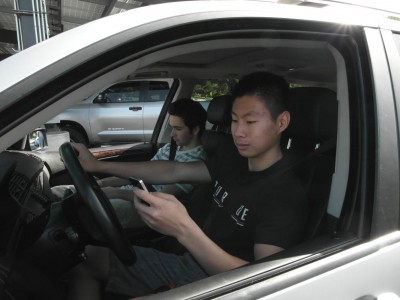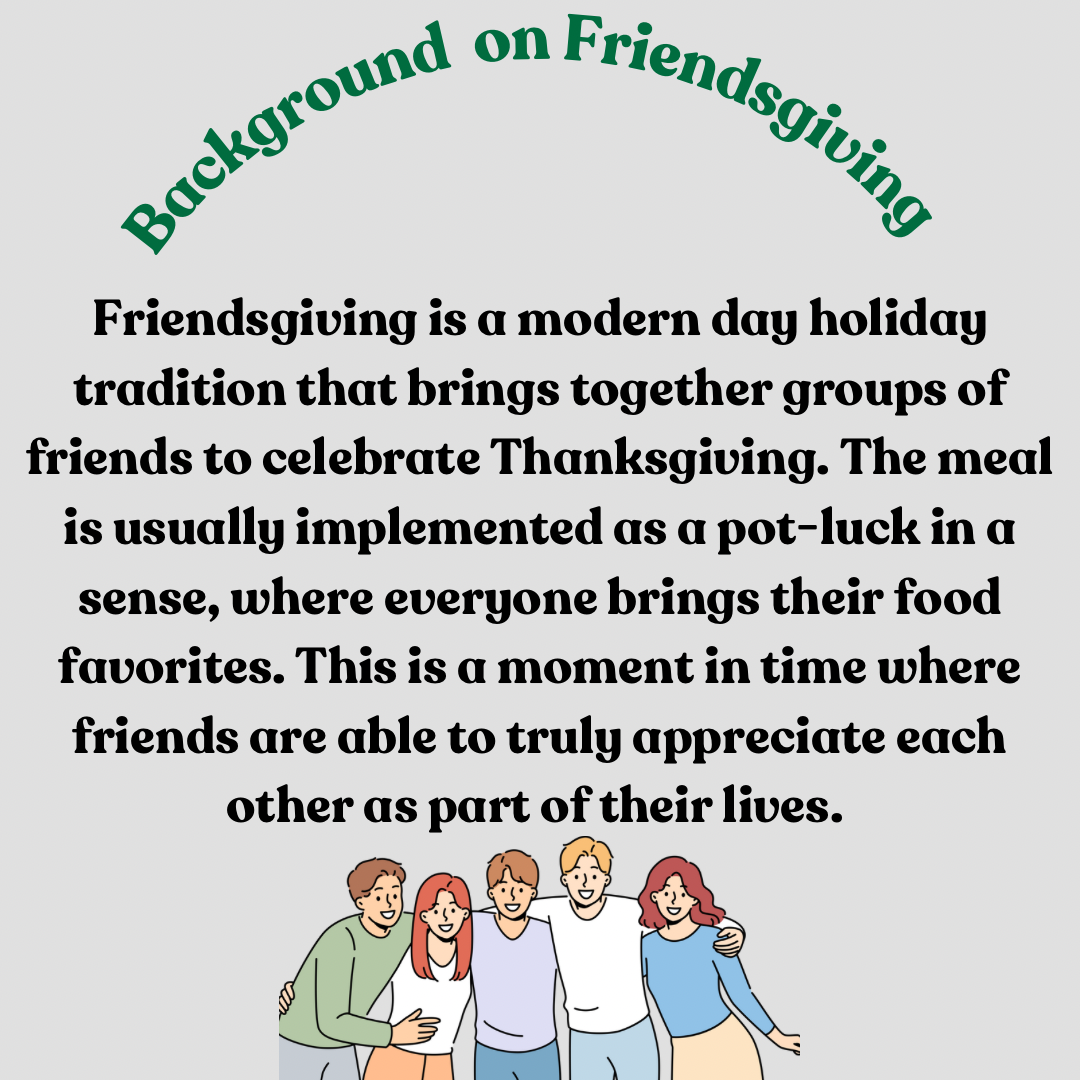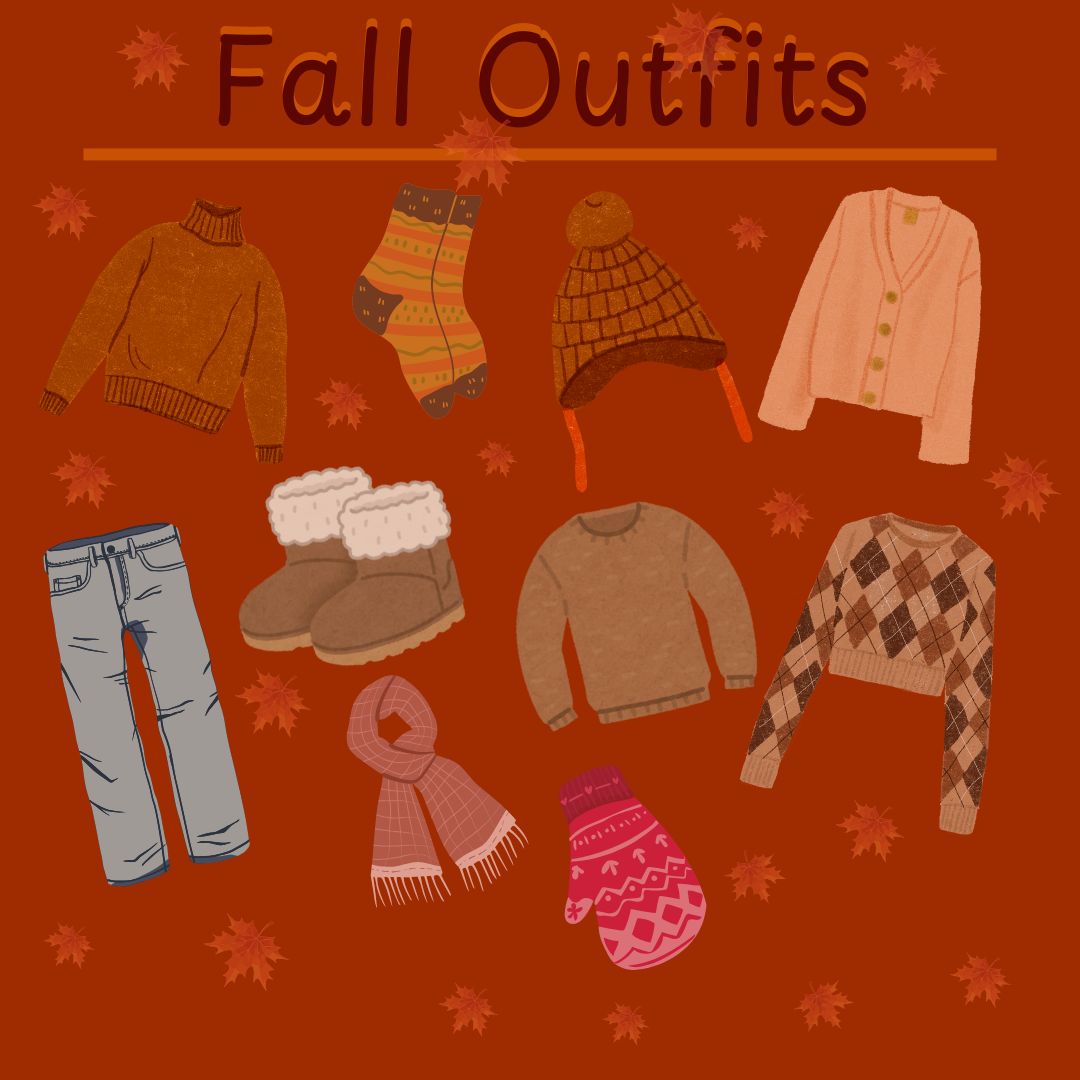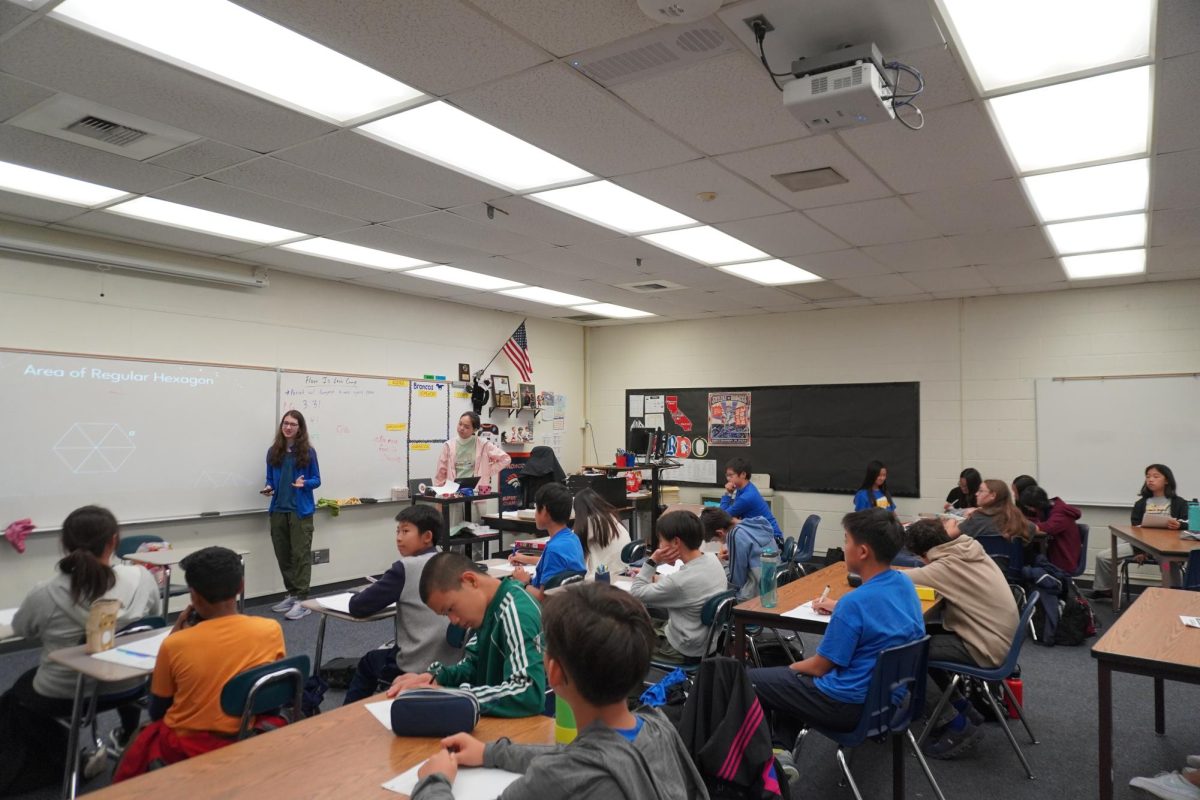
By DIANA ZHANG
Staff Writer
“It’s okay, right? I mean, I’m only texting when there’s a red light. I’ve got my eye on the road.” Actually, it is not. Scientists all around the nation found that due to distractions, by social media or friends, teenagers tend to make some not-so-smart decisions.
According to Student Science, an experiment was conducted at University of Iowa in Iowa City: volunteers ages 13-16 and 20-35 played games. In the end, an important conclusion was made: previous rewards can still affect the attention of teenagers.
Behaviors such as texting a friend or using social media trigger the reward system in the brain. Once teens have linked a behavior to that certain reward, they crave for that reward again. This craving is the reason why teenagers would rather go on Facebook than study or and would rather chat with a friend sitting beside them when they are driving.
The results of these research studies are evident in University High School (UHS) student drivers, as students are constantly distracted by their friends or social media while driving. Margaret Bilder (Sr.) said, “I’ve totally been distracted by my phone or friends. It’s something I have to constantly be aware of.” Shannon Choi (Sr.) agreed, and said, “Of course I have been distracted before. Sometimes it’s my phone ringing or my friends both in the car and in cars next to me.”
As stated by the Children’s Hospital of Philadelphia, when teens are driving with friends inside the same vehicle, they tend to be more negatively influenced by those passengers. More are likely to engage in risky driving behaviors such as speeding, running red lights and weaving through traffic.
Not only does this apply to students in general, but also to the student drivers at our school. Gopal Vashishtha (Sr.) said, “I sometimes find that when I ride with friends, they seem easily flustered and likely to make rash decisions, such as the decision to speed.” Erik Mumm (Jr.) agreed and said, “It seems that people driving in the parking lots with friends drive far too quickly or they look frustrated and speed out, burning unnecessary rubber to go and buy food with their friends.” Likewise, Julia Knoell (Sr.) said, ” I always see people speeding out of the parking lots at school whether that would be to go to lunch or after school. I guess that they think they’re ‘cool’ or trying to impress friends, or draw attention to themselves.”
What many of our students may not realize is that their friends can be just as distracting as a phone call or a text. The California Department of Motor Vehicles (DMV) has established a law stating that drivers under the age of 18, during their first full year of driving, must be accompanied by a parent, guardian, or adult older than 25 years when transporting passengers under the age of 20. Yet often after students receive their licenses, their friends will often ask them to give rides, or drive them off campus for lunch. Despite understanding that it’s illegal, these newly licensed students may give in to their friend’s requests and bring them along in their car, thus increasing danger for themselves and others on the road.
According to Instagram, there are greater than 3,727 posts under #drivingselfie and thousands of posts under #drivingbuddies. As said by the Department of Transportation, there are greater than 3,300 deaths per year caused by distracted driving.
So, how do we make teen driving safer?
Resisting the temptation to answer the phone talking to friends when driving may be the first step to safety, but the ringing of the phone can become a distraction, as witnessed by student Sujung Choi (Sr.). “If my phone starts ringing, I will be tempted to answer, but no I will not answer it,” she said, “my driving will continue to as it was, but I will not be 100% as focused as before.”
Another solution could be to download a smart driving app. Aegis Mobility created a Smartphone app that, once a vehicle drives to about 10 miles per hour, the phone is put on safe mode, preventing teens from texting, emailing and going on the Internet while driving.
UHS student drivers give their own insight, as Gauvri Nathwani (So.) said, ” I think the only sure fire way to stop all the distracted drivers is for them to pull over if they need their phone. If you know something is going to happen, pull over and answer the call or text. It is safer and easier to get off the road than try to answer something while driving. If it’s hard for you to do that while driving then turn off your phone before you get into the car to avoid everything.”
Additionally, student Michael Kim (Sr.) warned students and said, “Keep your eye on the road and try to drown out the conversations you hear from your friends. Sometimes key words you hear make you want to look back or at the passenger seat, but that is how collisions happen.”
All in all, the simplest solution to avoiding distraction while driving would be to silence your phones and not allow any friends to ride in the car with you when you are driving. It is inevitable that students would want to answer a text while driving or converse with their friends while they are in the car, but remember: safety always comes first.
Driving for safety
November 9, 2014

0
Tags:
Donate to Sword & Shield
$180
$1000
Contributed
Our Goal
Your donation will support the student journalists of University High School. Your contribution will allow us to purchase equipment and cover our annual website hosting costs.
More to Discover













